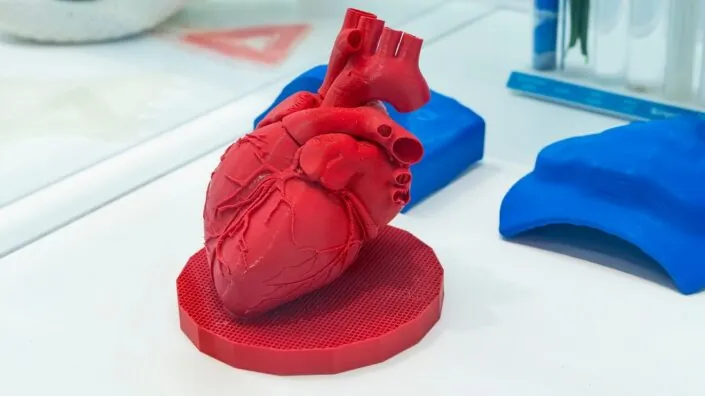These are some of the best talks from the largest healthspan conference in the world, which was held for the third time in Riyadh by the Hevolution Foundation.
Young and restless
The Hevolution Foundation has only been around for three years. Before that, Saudi Arabia, its main sponsor, was not considered a serious player in the longevity field, but a lot of money and a top-notch team can do wonders.
Hevolution, the best-funded non-profit in the field, has its hands in sponsoring breakthrough research and investing in longevity biotech. It also organizes the Global Healthspan Summit in Riyadh.
Here, too, the foundation has achieved a lot in a short amount of time. The GHS, held earlier this month for only the second time, attracted over three thousand attendees and cemented its place as the biggest longevity conference in the world, by far.
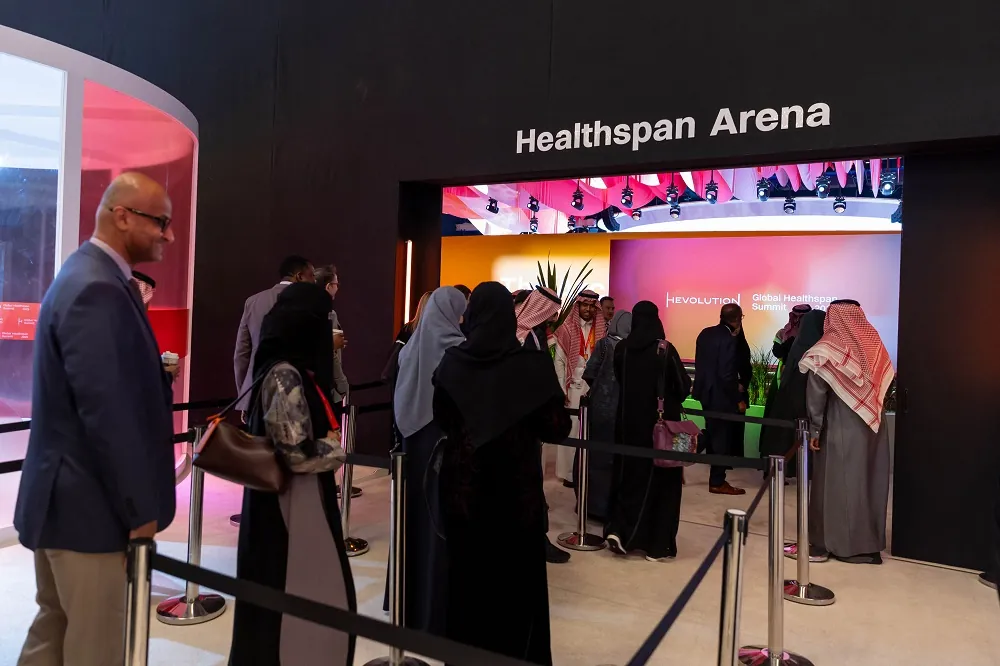
Perhaps it can be called a healthspan conference instead. In his opening remarks, just like in his recent interview with Lifespan.io, Hevolution CEO Dr. Mehmood Khan made the distinction between longevity and healthspan one of his central points.
“A discussion in most of this field has been about longevity,” he said. “We at Hevolution don’t like to speak about longevity. Most of the people we’ve surveyed don’t like to live longer just for the sake of living longer. They want to be independent, functional, mentally and physically. They want mobility, they want to contribute. What they’re asking is ‘can I live healthy as long as possible?’ We like to use the word healthspan far more than lifespan, because this is what’s important to humanity.”
Khan credited Hevolution for shifting the discourse from longevity and lifespan towards healthspan. This shift, however, was already happening, and it probably will never become complete, as the realization grows that lifespan and healthspan – that is, the part of life lived in good health – are tightly linked.
Hevolution, Khan said, is about to publish a report showing that today, one in two physicians regularly gets asked by their patients about lifespan or healthspan. “It’s not a discussion for experts only anymore, but for patients,” he noted.
He then added that he actually prefers the word “consumers” over “patients.” According to Hevolution’s philosophy, the entire world population consists of consumers of our field. The idea is that when a person becomes a patient, it’s already too late. Geroscience should be able to intervene earlier to prevent people from developing age-related diseases in the first place. “The best job we can do is to keep people healthy,” Khan summarized.
He then went over Hevolution’s milestones, starting with acknowledging the role of the Saudi Royal family in the non-profit’s birth. “A moment of pride for us,” he said, “is that this is not just an organization but a global movement that was launched from Saudi Arabia. I have to acknowledge first and foremost His Royal Highness Prince Mohammed bin Salman, whose vision led to the creation of Hevolution.”
“We only started funding and investing two years ago,” he added. “Today, Hevolution is the second-largest funder of geroscience on the planet, and the biggest philanthropy, with over 400 million dollars in research funding and investment, and many more to come.”
According to Khan, today, over 250 scientists in more than 200 labs are Hevolution’s partners and grant recipients. Its impact on longevity biotech has been more modest, with only four companies funded, but Khan promised that several more investments will be announced soon.
“In 2024,” Khan said, “venture capital funding in this field more than doubled to over 75 billion dollars. The size of each investment went up by 77%, which shows confidence, as investors are willing to write bigger checks. However, that’s not enough. Investments in fighting the consequences of aging are 10-100 times greater. We must close that gap.”
He concluded with a request aimed at the audience: “What do I ask from anybody here? Our goal was to bring you together, to give you the opportunity to communicate, to figure out how to collaborate, to push the boundaries of science, to create new policies, regulations, sources of funding, businesses. There is no other business in the world that’s going to affect all 8 billion humans.”
Expanding beyond the Hallmarks of Aging
Dr. Felipe Sierra, a famed geroscientist and Hevolution’s Chief Scientific Officer, expanded on Khan’s vision in his talk titled “Science beyond the biomarkers of aging”.
As someone who’s been in this field for a very long time, Sierra thinks that “the last ten years have been amazing, the explosion of things has happened.” He noted that “one of our own,” Dr. Gary Ruvkun, who dedicated a considerable part of his career to studying aging, received a Nobel prize last year – a sign of geroscience becoming widely accepted and respected.
Two events, Sierra said, contributed a lot to this change: publication of the original paper on the Hallmarks of Aging, and the first summit on geroscience: “They galvanized the field, but this happened 12 years ago. It’s time for us to reconsider where we are with hallmarks and geroscience.”
Sierra lent his support to Khan’s healthspan vision: “We’re switching more towards health as opposed to diseases. Now, it’s about keeping you young and healthy as you age.”
While the original Hallmarks paper got a facelift in 2022, Sierra thinks that the entire approach is still insufficient, albeit “useful because it focuses the field.”
“In the words of Leonard Guarente,” he said, referencing another veteran geroscientist, “it’s not the hallmarks of aging but the hallmarks of life, because every molecular pathway needed for maintenance of life will affect aging, and aging will affect that pathway as well. So, we will end up adding all of biology. How do we connect these hallmarks to the actual outcome which is health?”
There has been some advancement on this, he said: “There’s a publication from WHO on intrinsic capacities. We no more define healthy aging as absence of disease, but as the ability to function. How do we correlate molecular processes with the age-related loss of intrinsic capacity? The thing joining the two together is molecular resilience – the ability of every cell in your body to react to a challenge and come back to homeostasis.”
Hevolution’s vision, Sierra said, is that “the hallmarks of aging, either defined or not, converge on the loss of resilience, and that’s because all the hallmarks interact with each other. Loss of resilience is what leads to a decrease in intrinsic capacities and loss of health.”
Any insult, such as chemotherapy, a high-fat diet, and even exercise, which is, after all, a stress, elicits a reaction, but the ability to properly react is lost with age. Why do we lose it? Is it just wear and tear? This is a key question in today’s geroscience, according to Sierra.
With time, our ability to respond to challenges declines to a point “where even a small challenge – a cold, a flu, or a fall – presents an insurmountable challenge.” This is a central feature of aging that researchers should be focusing on, he said.
However, measuring resilience in response to challenges can be tricky due to both technical and ethical problems. Sierra predicted that this will soon become a major subfield in geroscience and suggested that continuous measurements using wearable devices might help a lot. “That’s part of the field’s future and one of the areas Hevolution is focusing on,” he concluded.
Bioelectricity – not just for eels
Dr. Elena Sergeeva works with Michael Levin at Tufts University and Harvard’s Wyss Institute. Levin is a daring pioneer in studying bioelectricity in the context of aging. Sergeeva gave a fascinating presentation of this unorthodox approach, titled “Bioelectricity, Morphogenesis and Aging.”
Like many others at the conference, Sergeeva pointed out that no widely accepted scientific definition of aging exists. In her team’s approach, aging is a defect of morphogenesis, which is the creation of forms and structure, and of morphostasis, which is the maintenance of this form. “Aging is when cell collectives fail to maintain patterns, homeostasis,” she explained.
How are those patterns created? How do we get our highly differentiated organs and tissues that disintegrate with aging? “DNA only specifies proteins, the building blocks, but where does anatomy come from?” Sergeeva mused. “How do cells know what to build and, most importantly, where to stop? Why, for instance, do we end with five fingers and not six? Why do cells sometime deflect from the target morphology, like in cancer?”
Levin’s team views DNA as the “hardware.” What is the “software” then? Many would say it’s epigenetics, but according to Sergeeva, bioelectric signals play a central role in employing this hardware to achieve the desired body morphology.
When we think about bioelectric signals, we usually envision neurons. However, the body uses bioelectric coordination between cells on a much grander scale.
The team works with model organisms such as planaria worms and frogs. “When a frog embryo develops,” Sergeeva said, “it is changing its electrical patterns, and they correspond to the developing organs, the body scheme” – something her team can visualize. Conversely, when anatomy deflects from its original form, such as in cancer, it causes changes in those bioelectrical patterns.
“We can also manipulate that,” Sergeeva added. “The patterns are properties of membrane voltage, which is formed with ion channels. Those channels can be manipulated by drugs and expressed in cells. Can we then change formation of body structure by changing bioelectrical patterns?”
Apparently, we can. Levin’s lab went as far as inducing the formation of an eye on a tadpole’s back using solely bioelectric signals.
“If you want to create an eye on the back of a frog embryo, as a molecular biologist, you’d come up with a long list of genes responsible for eye formation and try to change them,” Sergeeva said. “It’s virtually impossible.” What her team does instead is inject RNA that expresses certain ion channels. The affected cells start to form an eye and recruit other, non-modified cells. The team has grown fins, ectopic limbs, and even complete beating hearts just by manipulating certain ion channels.
Using this bioelectric system, the team can make a planaria worm, a relatively complex organism, grow two heads. However, this is not all. Planaria worms are known for their regenerative abilities. When cut in half, both halves develop into complete worms. Amazingly, when you cut a two-headed planaria in half, both halves develop two heads each. According to Sergeeva, this shows the researchers “can rewrite anatomic pattern memory.”
Sergeeva thinks that their technology has potential uses in birth defects, traumatic injury, cancer, and, of course, aging. The researchers can already see how bioelectric patterns change with age and build bioelectric aging clocks. According to Sergeeva, they found that these patterns “are corrupted with age, become fuzzier, cell communication is not as sharp and precise anymore.” Such loss of information has been demonstrated time and again in various aspects of aging.
Showcasing her team’s progress, Sergeeva mentioned two spin-out companies. Morphoceuticals works on regenerating limbs in mammals, while Astonishing Labs uses bioelectric patterns, rather than genes and proteins, for drug discovery.
Is there intrinsic value in intrinsic health?
Alan A. Cohen, Associate Professor at Columbia University’s Aging Center, picked up the note struck earlier by Mehmood Khan and Filipe Sierra in his talk “Shifting from Aging to Intrinsic Health as a Target for Interventions.”
After acknowledging that defining and measuring aging remains a monumental challenge, Cohen suggested that “the best way to target aging is to target health itself.”
Geroscientists agree that aging is multidimensional and heterogeneous both within and across individuals, Cohen said. This means that with age, individual organisms become less well-orchestrated, faultier, and they also drift away from each other.
“Aging involves trade-offs, and we need to find ways to deal with them,” Cohen said. “For instance, many hallmarks of aging, such as cellular senescence, telomere shortening, and stem cell exhaustion, play a role in anti-cancer protection. Changes in immune function also are reactions to risks. This means that, when discussing aging, we need to distinguish between damage and compensatory or adaptive mechanisms.”
There are many questions about measuring aging, Cohen noted. Do we have to map all the dimensions of aging? Do we have to know how important each one is? Distinguishing between causes and effects of aging as well as giving them proper weights is hard.
Instead, Cohen argues for using the notion of intrinsic health as a more tractable target for interventions. “We are complex dynamic systems, but it’s hard to incorporate this into the way we think about biology,” he said. “But we’re also highly optimized by evolution, which makes us different from economy or weather.”
This means that while humans are immensely complex, they are also at a long-term equilibrium. We are controlled chaos, in a sense. This equilibrium that enables our survival and reproduction, which is what evolution is all about, can be called “health.”
There are innumerable ways in which the organism moves away from this equilibrium as a result of disease or aging. Consequently, “it is much harder to track all the ways we lose health in than health itself,” Cohen said. Instead, we should figure out how to measure this “central state.”
Cohen views aging is a decline in intrinsic health, and measuring it requires going back to first principles. “What does it take to make an organism?” Cohen asked. “You need energy, communication and structure. It’s like a magnetic field that emerges from the energy of the battery, the communication with the wire, and the structure of the solenoid. When all the aspects work together just right, the organism as a whole functions well.”
Cohen also suggested a formal definition of intrinsic health: “A field-like state emerging from the dynamic interplay of energy, communication, and structure within the organism, which gives rise to robustness, resilience, plasticity, performance, and sustainability.” The elements relate to various functions the body must perform well: for instance, robustness and resilience is when you have to keep your current state, while plasticity is the opposite: when you need to change your current state.
These elements can be measured by using various biological proxies. Cohen’s team is working on assembling what he called “a basket of proxies” and statistically integrating them. “More proxies – more signal,” he said, “but there are also diminishing marginal returns. We don’t need a thousand proxies. 10, 20, 30 of the right ones, and we’ll get close to measuring the signal.”
Some of the currently known proxies include heart rate variability (HRV), cardiac function, and levels of certain proteins such as GDF15, which is linked to energetic stress. “Greater communication between the signals is associated with health,” Cohen noted.
“The vision is that intrinsic health will become a single integrative measure, measured from a single blood sample and a wearable,” he said. “It could be an outcome for many health and aging interventions and a metric of populational health. By targeting this, we should also be able to prevent many diseases.”
Biomarkers, biomarkers everywhere
Two titans of geroscience, Harvard professor Vadim Gladyshev and Dr. Steve Horvath, currently a principal investigator at Altos Labs, gave back-to-back talks on the important issue of biomarkers of aging.
“Biomarkers of aging are the most important development of this century in the field,” Gladyshev said at the beginning of his talk. However, while finding metrics that correlate with and can predict chronological age and mortality was indeed transformative, many problems remain.
Like several other speakers, Gladyshev stressed the pressing need to develop better definitions of aging: “It begins with ‘what is aging’? People generally disagree. It can be increased mortality rate, damage accumulation, functional decline, or something else. There are different ways to quantify it, and no current consensus on which one is better.”
To solve this problem, Gladyshev and dozens of other geroscientists formed the Biomarkers of Aging Consortium about two years ago. According to Gladyshev, the last meeting in November was attended by 450 people from 30 countries.
This meeting included a challenge in which teams had to develop methylation clocks that were then tested on a dataset of 500 blood samples. 37 teams competed, and several of them were able to develop clocks more accurate than the existing ones. “The average error is now approaching two years even with a one-modality clock (epigenetic),” Gladyshev said. “If we combine multiple modalities, we’ll get even better results.”
Gladyshev then mentioned several other recent developments in this field. Jesse Poganik from his lab published a paper on how severe stress, such as from major surgery, pregnancy, or sleep deprivation, reversibly increases methylation age. Another lab member, Albert Ying, developed the first causal epigenetic clock, which separates changes into damaging and adaptive. Andrei Tarkhov found the stochastic component of aging by comparing single-cell to bulk methylation.
A yet unpublished study on organ-specific methylation showed that in every case, it yielded a very interesting observation, Gladyshev said. The diseased tissue (brain affected by Alzheimer’s disease, heart affected by heart disease, kidney affected by kidney disease, and so on) was older than controls.
Organ-specific aging is a recent and important development in the field. Using UK Biobank data, Gladyshev’s team is analyzing proteins that originated in different organs, developing organ-specific mortality clocks.
“These clocks can also predict diseases,” he explained. “The lung clock best predicts COPD, which is a lung disease, while the liver model predicts cirrhosis. People with dementia are older in the brain, and so on.”
The researchers can now determine how organs are affected by stressors and interventions. Predictably, the lung is the organ most affected by smoking. However, with alcohol, the picture is more complex. Kidney and the intestines are most negatively affected, but arteries and lungs are rather “rejuvenated” by alcohol. According to Gladyshev, this means we need different interventions for different people.
Personalization of treatment was a major topic at the conference, and this talk was part of the trend. “Perhaps it makes sense to target ‘weak links’ – organs with accelerated aging,” Gladyshev suggested.
“So, is aging a disease?” he concluded. “It’s a bad question. Aging is neither a disease nor not a disease. But, the question can be asked as whether diseases are aging. Is a chronic disease a manifestation of aging? Yes, chronic diseases may be viewed as accelerated aging of a subset of organs and tissues, and disease can be viewed as pockets of non-autonomous aging.”
Methylation clocks’ coming of age
Dr. Steve Horvath, the “father of methylation clocks,” currently leads a large team at Altos Labs, the insanely well-funded company created by the entrepreneurs Jeff Bezos and Yuri Milner.
While most clock are based on cytosine methylation, epigenetics relate to many types of chemical modifications, such as histone modifications, Horvath said. Some species, including aging models such as C. elegans and drosophila, don’t have cytosine methylation, and yet clocks based on histone modifications work well.
While first-generation clocks were built to predict chronological age, newer ones, such as GrimAge, developed by Horvath in collaboration with other scientists, predict mortality (time to death). Moreover, GrimAge is based on interpretable covariates: methylation proxies of various parameters, from smoking pack/years to GDF15 levels. This means that it is possible to estimate these parameters based on cytosine methylation patterns instead of measuring them directly.
Horvath showcased GrimAge’s ability to predict healthspan. Apparently, the clock can estimate the time that someone will get coronary heart disease, cancer, physical and cognitive decline, and other conditions. GrimAge’s methylation proxy for smoking is so precise that it beats self-reported smoking history.
“The factors that GrimAge is based on, like plasma protein levels, have clear biological relevance, potentially offering insights into the aging process itself,” he said.
Horvath stressed the importance of longitudinal studies, where methylation patterns are measured more than once. Such studies can establish causality between conditions/treatments and the clocks’ readings, including by estimating the rate of epigenetic aging. Horvath mentioned a recent longitudinal study by Luigi Ferrucci’s team that showed, in a 700-strong cohort, that methylation clocks’ change rate is predictive of mortality.
However, randomized control trials (RCTs) are the best approach to establishing causality, he said, and we see more and more RCTs with epigenetic clock readings as endpoints. Horvath himself just recently published such a study in Nature Aging, in collaboration with Heike Bischoff-Ferrari.
The study, which he called “a very rigorous RCT,” looked at 777 people who took one gram of omega-3 per day for three years. The results show that the treatment “quantitatively rejuvenates you by a few months,” Horvath said. Among other interventions tested in the same study were vitamin D and exercise, and Horvath reported that “there was some additive effect.”
“This study is interesting as a prototype study. If someone has an intervention, we can measure methylation age but also ‘tease out’ which proteins might be affected by the intervention,” he explained.
More than ten years after the introduction of the first epigenetic clock, the field is going strong, becoming more diverse and sophisticated day by day. “We now have a good understanding of what stresses affect the clocks,” Horvath said. “This includes cell division, DNA repair and damage, somatic mutations, epigenetic maintenance, among other things.”
Among other recent developments are deep learning-based clocks, which can be both more accurate and more interpretable, clocks for different species, such as the axolotl, and also multi-species clocks, where a single algorithm can predict aging in several even distantly related species. “These clocks are not great,” Horvath admitted, “but it’s a new frontier. This suggests shared, conserved biology, the universality of aging.”
Learning from birds and whales
One of the most interesting and star-studded panels at the conference was devoted to mammalian longevity. Moderated by Vadim Gladyshev, it included Steve Horvath, professor at the University of Rochester Vera Gorbunova, professor at the University of Birmingham, UK, João Pedro de Magalhães, and CEO of Fauna Bio Dr. Ashley Zehnder.
Having announced the panel as “the best session at the conference,” Gladyshev started by pointing out the huge variety of lifespan across mammals, which is over 100-fold. “Nature has conducted innumerable experiments for us,” he said, “and we as scientists have to learn from these experiments, trying to unlock mechanisms that would allow radical changes in lifespan.” Admittedly, it was refreshing to hear a mainstream scientist bringing up radical life extension at a conference that was all about healthspan.
Asked about the comparative biology approaches her team used, Gorbunova responded: “We study long-lived and resistant species, such as the naked mole rat. We find genes responsible for this and transfer them into mice, making them live longer. We compare many species to identify common pathways.”
De Magalhães continued: “Mice and humans have similar biology/physiology, and yet mice age 20-plus times faster than humans. The reason must be in the genome. Evolution has selected for genomes that determine vast differences in lifespan and aging. To unravel the mechanisms responsible for this, our team does evolutionary comparative genomics. Genome is the common language between species.”
Zehnder: “We study species that have evolved resistance and ability to heal many tissues, namely hibernating species capable of rapid rewarming. We determine the genes that are activated to repair the damage from rapid rewarming and then map them to small molecules. Our current indication is heart failure. We are seeing a lot of overlap between geroprotective and hibernating pathways.”
Gladyshev, answering his own question: “We are doing comparative analysis of about 40 mammalian species, analyzing gene expression patterns associated with longevity. These patterns can be directly used to identify interventions. There’s a potential to use this comparison across species to achieve radical change in lifespan. Many labs are now working on achieving radical life extension, rather than 10-15%.”
Gladyshev then asked Gorbunova what long-lived species can teach us that other models can’t. She said that wild animals need to stay extremely healthy for their entire life to be able to survive: “Conventional model organisms are short-lived but easy to analyze. If you tweak them to live longer, this often makes them less fit. But in long-lived species, there’s no such problem, their adaptations, tested by evolution, give them both lifespan and healthspan. This is the main advantage of comparative biology. As research objects, long-lived species are directly targeted to improved healthspan.”
Asked about the challenges in this subfield, Horvath responded, “The main conceptual question is, can we learn something from long-lived species, given that we and them inhabit very different ecological niches? Vera and others in the field make a very strong case that it’s possible. The second question is, should we go beyond mammals – to reptiles, fish, birds, which all have amazing adaptations? Finally, what kind of omics we need to look at?”
Echoing Gorbunova, de Magalhães added: “Traditional biomedical models are models of disease, short lifespan, cancer. Long-lived species, on the other hand, are models of disease resistance, of healthspan. The potential effect is much larger than with the current models, but the road there is harder. Basically, this is a high-risk, high-reward approach. These species can help us understand why we, humans, are the way we are, why we are susceptible to certain diseases at certain ages.”
As the only person on the panel who runs a company in this subfield, Zehnder was asked about her team’s approaches to translating the findings of comparative biology. “Translation is key when we’re speaking about very diverse species,” she said. “Hibernation exists across a surprisingly wide variety of species, so it’s like tapping into our own hidden potential, into some highly conserved pathways. When we see the process of repair, we can map it to humans and test in human cells lines. Then we look for humans with mutations in these pathways.”




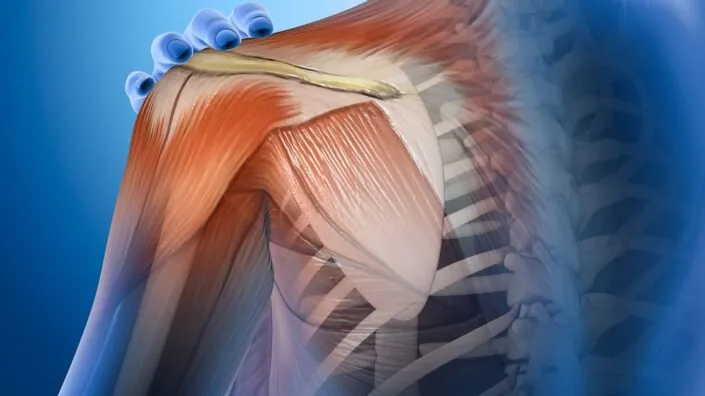




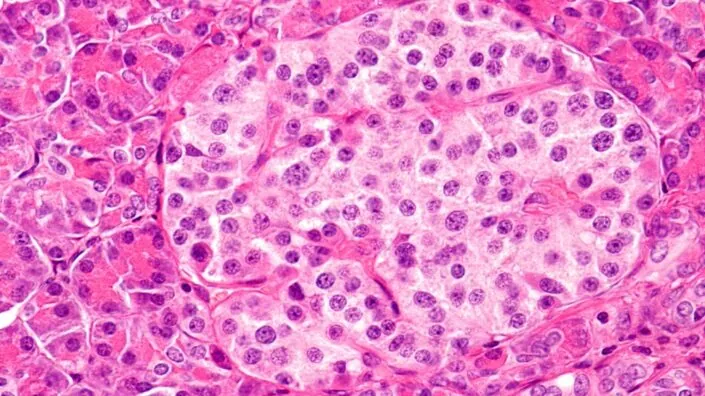


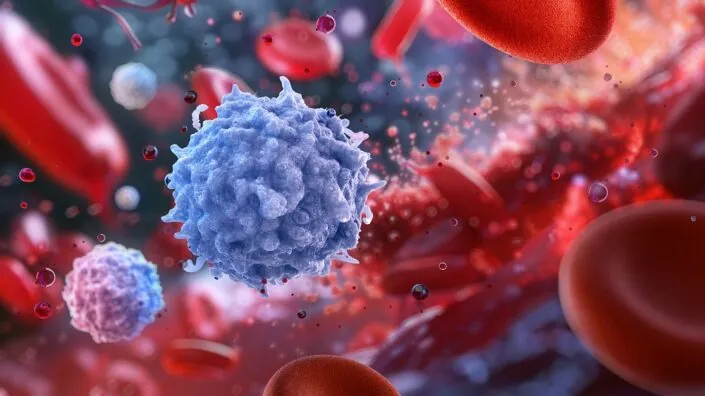
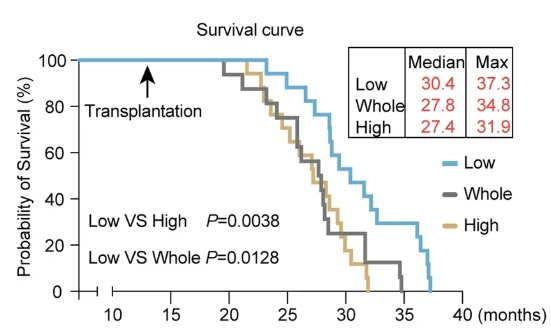


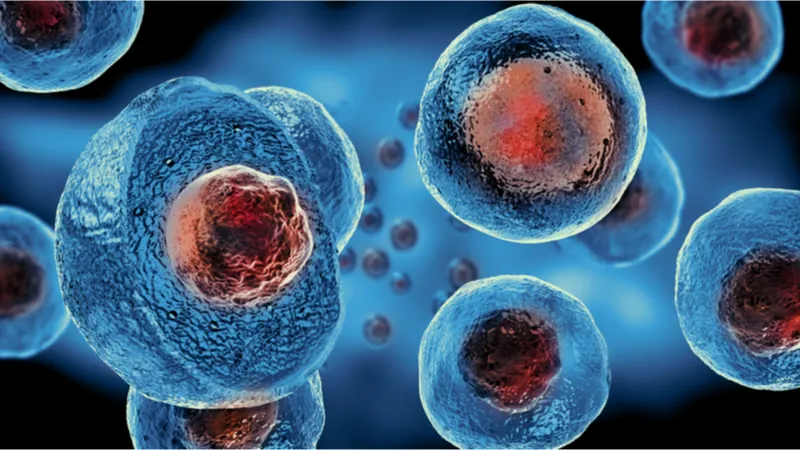

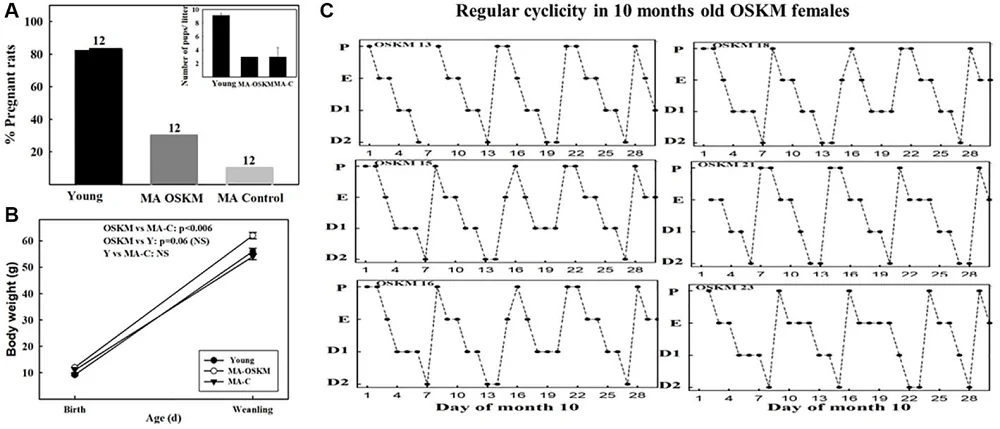


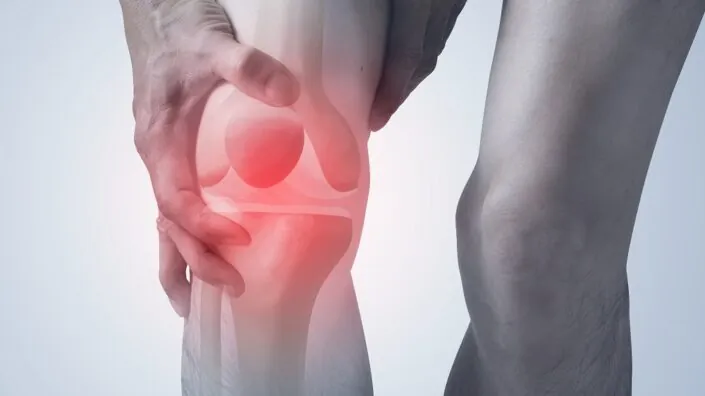
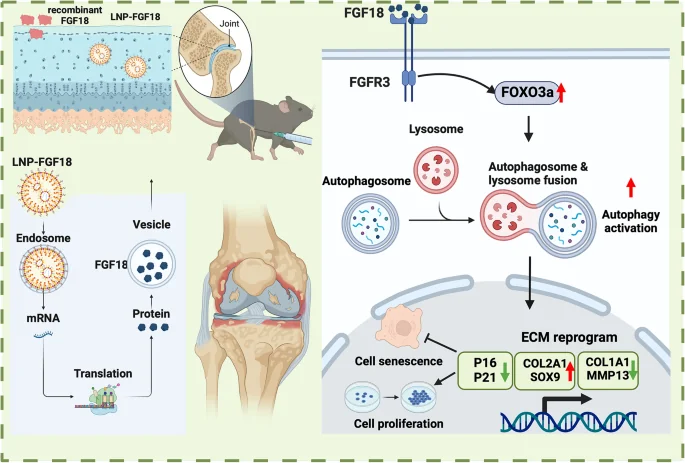


 nst disease and the persistent ravages of aging?
nst disease and the persistent ravages of aging?












